Exploring the Intersection of Wilhelm Reich’s Character Styles, Somatic Blocks, and Modern Psychotherapy
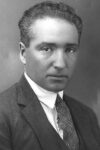 Wilhelm Reich, a prominent 20th-century psychoanalyst, developed a unique perspective on character styles and their relationship to somatic blocks, or what he termed “psychic armoring.” His groundbreaking work laid the foundation for contemporary somatic psychotherapies, such as Somatic Experiencing and Internal Family Systems (IFS). In this article, we will delve into Reich’s character styles, examine their overlap with somatic blocks, and explore connections to Eastern medicine concepts like chakras and meridians. Finally, we will discuss how modern evidence-based somatic psychotherapies build upon Reich’s insights. Wilhelm Reich’s Character Styles Reich identified five primary character styles, each with its own distinct patterns of emotional, cognitive, and physical traits.
Wilhelm Reich, a prominent 20th-century psychoanalyst, developed a unique perspective on character styles and their relationship to somatic blocks, or what he termed “psychic armoring.” His groundbreaking work laid the foundation for contemporary somatic psychotherapies, such as Somatic Experiencing and Internal Family Systems (IFS). In this article, we will delve into Reich’s character styles, examine their overlap with somatic blocks, and explore connections to Eastern medicine concepts like chakras and meridians. Finally, we will discuss how modern evidence-based somatic psychotherapies build upon Reich’s insights. Wilhelm Reich’s Character Styles Reich identified five primary character styles, each with its own distinct patterns of emotional, cognitive, and physical traits.
Wilhelm Reich’s Character Styles:
Schizoid:
Characterized by emotional detachment, difficulty forming close relationships, and a tendency towards introspection and intellectualization. Somatic manifestations may include a slender build, shallow breathing, and tension in the occiput and jaw.
Oral:
Associated with dependency, passivity, and a longing for nurturance. Physically, oral characters may exhibit a rounded body shape, an underdeveloped chin, and chronic tension in the throat and jaw.
Psychopathic:
Marked by a charming exterior masking underlying manipulativeness, lack of empathy, and a sense of entitlement. Somatic traits can include a muscular build, an overly erect posture, and rigidity in the chest and upper back.
Masochistic:
Defined by self-defeating behaviors, a need for suffering, and difficulty asserting oneself. Masochistic characters often display a collapsed posture, chronic muscular tension, and holding patterns in the pelvis and lower back.
Rigid:
Characterized by perfectionism, obsessive-compulsive tendencies, and a strong need for control. Rigid characters may exhibit an overly upright posture, restricted breathing, and tension in the neck, shoulders, and pelvic floor.
Somatic Blocks and Psychic Armoring Reich
believed that character styles were not merely psychological constructs but were intimately connected to chronic muscular tensions and physical holding patterns, which he called “somatic blocks” or “psychic armoring.” He observed that these somatic manifestations served as a defense mechanism, protecting the individual from overwhelming emotions and perceived threats.
According to Reich, psychic armoring develops in response to early traumatic experiences, leading to the formation of character styles as a means of coping with unresolved emotional conflicts. The chronic muscular tensions associated with each character style can lead to a range of physical symptoms, such as headaches, digestive issues, and respiratory difficulties.
Overlap with Eastern Medicine Concepts Interestingly, Reich’s ideas about somatic blocks and psychic armoring share some commonalities with Eastern medicine concepts, particularly the theories of chakras and meridians.
In traditional Indian medicine, chakras are believed to be energy centers located along the spine, each associated with specific physical, emotional, and spiritual qualities. Blockages or imbalances in these energy centers are thought to contribute to physical and psychological symptoms. Similarly, in Traditional Chinese Medicine (TCM), meridians are seen as energy pathways that connect organs and facilitate the flow of qi (life force) throughout the body. Disruptions in this flow are believed to underlie various health issues.
While not directly equivalent, the notion of somatic blocks and psychic armoring in Reich’s work bears some resemblance to the idea of energetic blockages in Eastern medicine. Both perspectives emphasize the interconnectedness of the mind and body and suggest that unresolved emotional conflicts can manifest as physical symptoms.
Modern Evidence-Based Somatic Psychotherapies
Reich’s pioneering work has influenced the development of several modern evidence-based somatic psychotherapies, including Somatic Experiencing (SE) and Internal Family Systems (IFS).
Somatic Experiencing, developed by Peter Levine, focuses on the resolution of trauma through the release of thwarted survival energy stored in the body. SE practitioners help clients become aware of physical sensations, encouraging the completion of interrupted defensive responses and the discharge of excessive autonomic arousal. This process aims to restore a sense of safety and resilience in the face of traumatic memories.
Internal Family Systems, created by Richard Schwartz, views the mind as composed of multiple sub-personalities or “parts,” each with its own unique qualities and functions. IFS therapy seeks to promote self-leadership and inner harmony by fostering communication and collaboration among these parts. Somatic techniques, such as body scans and focusing on physical sensations, are often incorporated to facilitate the integration of dissociated parts and the release of trapped emotional energy.
Both SE and IFS build upon Reich’s insights into the somatic underpinnings of psychological distress, recognizing the importance of addressing physical manifestations of unresolved trauma and inner conflict. These therapies have garnered empirical support for their effectiveness in treating a range of mental health concerns, including post-traumatic stress disorder (PTSD), anxiety, and depression.
Wilhelm Reich’s groundbreaking work on character styles and their relationship to somatic blocks has had a profound impact on the field of psychotherapy. By recognizing the interconnectedness of the mind and body, Reich paved the way for modern somatic psychotherapies that emphasize the importance of addressing physical manifestations of psychological distress.
The parallels between Reich’s ideas and Eastern medicine concepts like chakras and meridians highlight the cross-cultural recognition of the intricate relationship between emotional well-being and physical health. As research continues to validate the efficacy of somatic approaches, therapists increasingly incorporate techniques that target both the psychological and physiological aspects of healing.
By understanding Reich’s character styles and their somatic correlates, psychotherapists can develop more comprehensive and targeted interventions that address the unique needs of each client. Through the integration of Reich’s insights with modern evidence-based practices, the field of psychotherapy continues to evolve, offering hope and healing to those struggling with the complex interplay of mind and body.
Bibliography
- Reich, W. (1933/1980). Character Analysis (3rd ed.). Farrar, Straus and Giroux.
- Lowen, A. (1975). Bioenergetics. Coward, McCann & Geoghegan.
- Levine, P. A. (2010). In an Unspoken Voice: How the Body Releases Trauma and Restores Goodness. North Atlantic Books.
- Schwartz, R. C. (1995). Internal Family Systems Therapy. Guilford Press.
- Boadella, D. (1973). Wilhelm Reich: The Evolution of His Work. Henry Regnery Company.
- Payne, P., Levine, P. A., & Crane-Godreau, M. A. (2015). Somatic experiencing: Using interoception and proprioception as core elements of trauma therapy. Frontiers in Psychology, 6, 93.
- Schwartz, R. C., & Sweezy, M. (2019). Internal Family Systems Therapy (2nd ed.). Guilford Press.
- Porges, S. W. (2011). The Polyvagal Theory: Neurophysiological Foundations of Emotions, Attachment, Communication, and Self-Regulation. W. W. Norton & Company.
- Motoyama, H. (2001). Theories of the Chakras: Bridge to Higher Consciousness (2nd ed.). New Age Books.
- Maciocia, G. (2015). The Foundations of Chinese Medicine: A Comprehensive Text (3rd ed.). Elsevier.
- Van der Kolk, B. A. (2014). The Body Keeps the Score: Brain, Mind, and Body in the Healing of Trauma. Viking.
- Young, C. (2008). The History and Development of Body Psychotherapy: European Collaboration. Body, Movement and Dance in Psychotherapy, 3(1), 5-18.
- Heller, M. C. (2012). Body Psychotherapy: History, Concepts, and Methods (1st ed.). W. W. Norton & Company.
- Berceli, D. (2008). The Revolutionary Trauma Release Process: Transcend Your Toughest Times. Namaste Publishing.
- Ogden, P., Minton, K., & Pain, C. (2006). Trauma and the Body: A Sensorimotor Approach to Psychotherapy. W. W. Norton & Company.

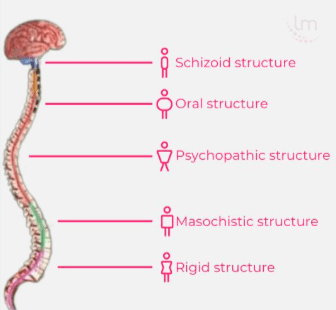

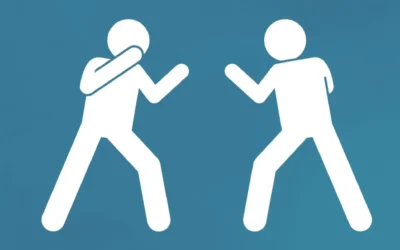
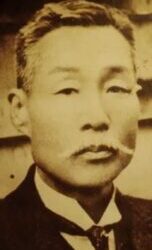

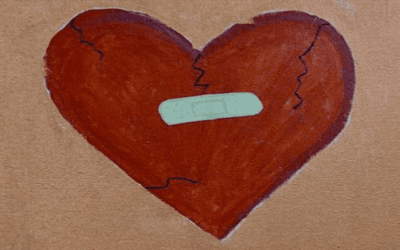



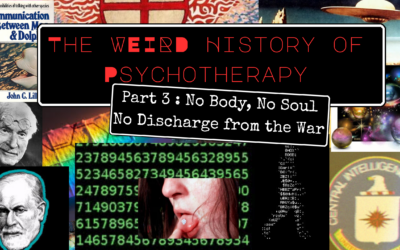














0 Comments